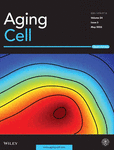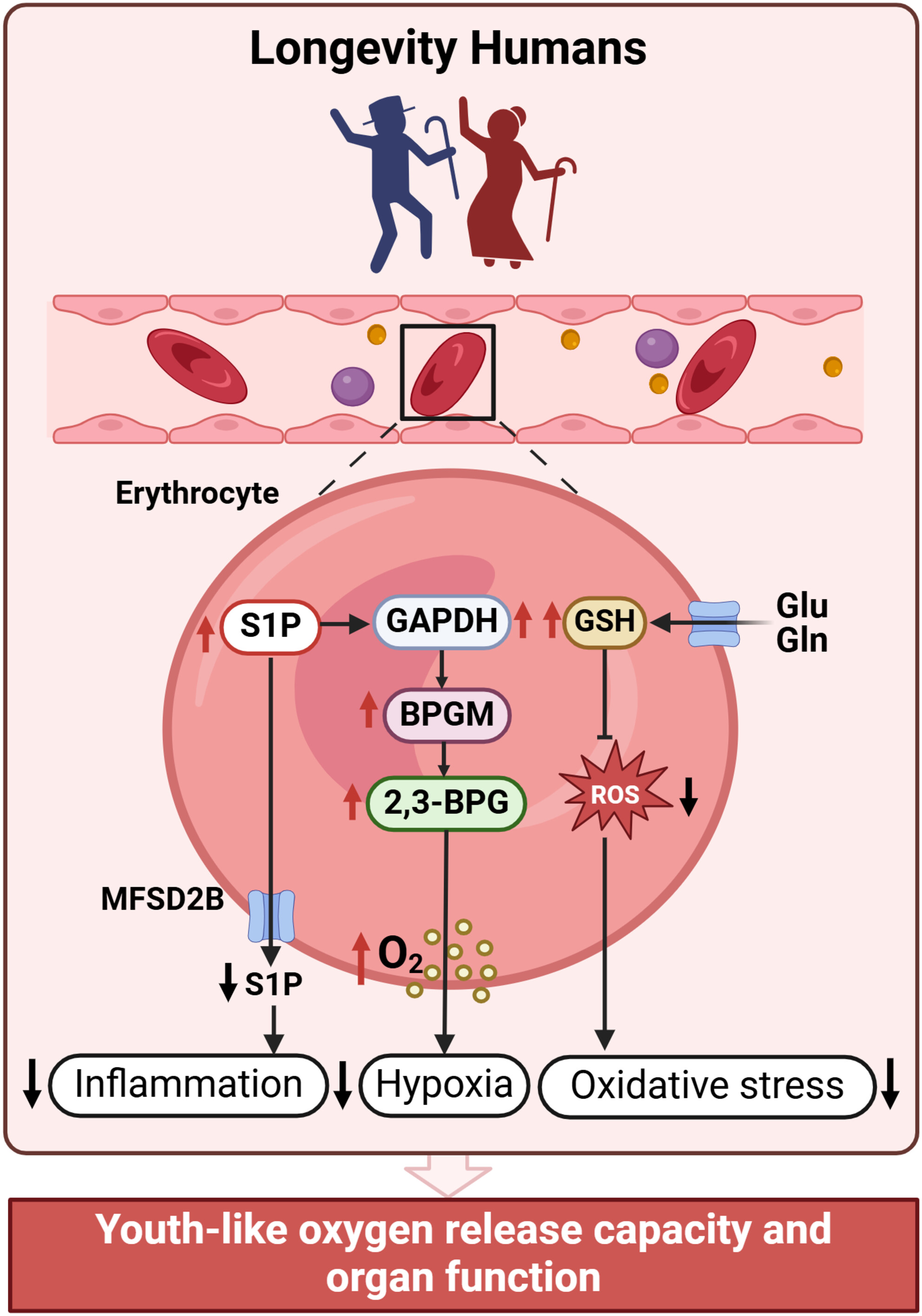Journal list menu
Export Citations
Download PDFs
ISSUE INFORMATION
REVIEW ARTICLE
Harnessing Immune Rejuvenation: Advances in Overcoming T Cell Senescence and Exhaustion in Cancer Immunotherapy
- First Published: 03 April 2025

Cancer can weaken the immune system by pushing T cells into exhaustion or permanent aging (senescence), making treatments less effective. This review explores groundbreaking therapies—like immune boosters, cell engineering, and senolytics—that aim to rejuvenate T cells, helping the body fight cancer more effectively and for longer.
RESEARCH ARTICLE
Tgm2-Catalyzed Covalent Cross-Linking of IκBα Drives NF-κB Nuclear Translocation to Promote SASP in Senescent Microglia
- First Published: 03 January 2025
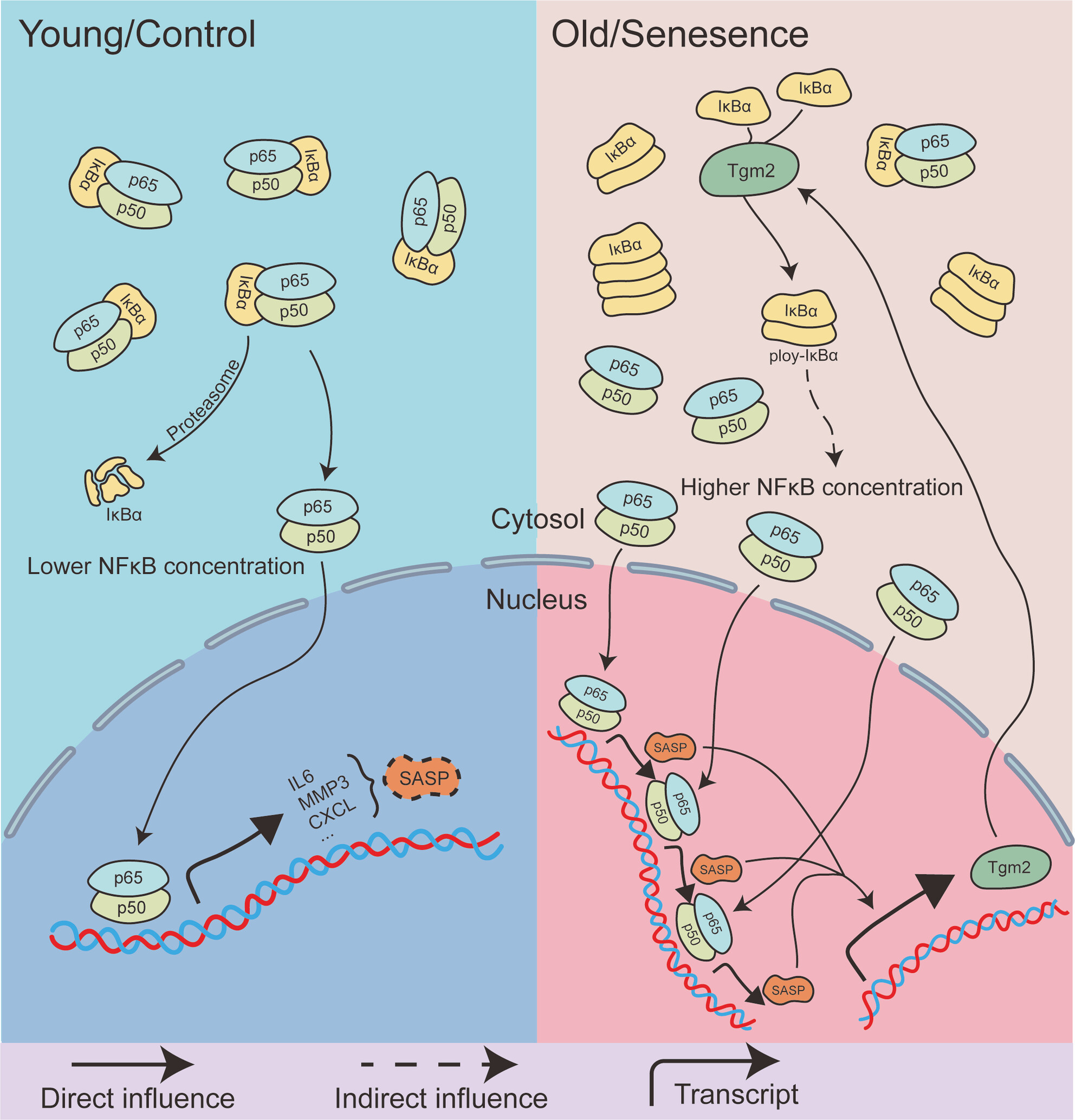
Tgm2 is highly expressed in senescent microglia. The Tgm2-NF-κB-SASP loop facilitates senescence in microglia. Tgm2-catalyzed covalent crosslinking of IκBα at K22 and Q248 in the cytoplasm of senescent microglia leads to a reduction in IκBα levels and NF-κB nuclear translocation. Cys-D effectively disrupts the Tgm2-NF-κB-SASP loop and ameliorates age-relevant phenotypes in aged mice.
P2Y2 Inhibition Modifies the Anabolic Response to Exercise in Adult Mice
- First Published: 31 December 2024
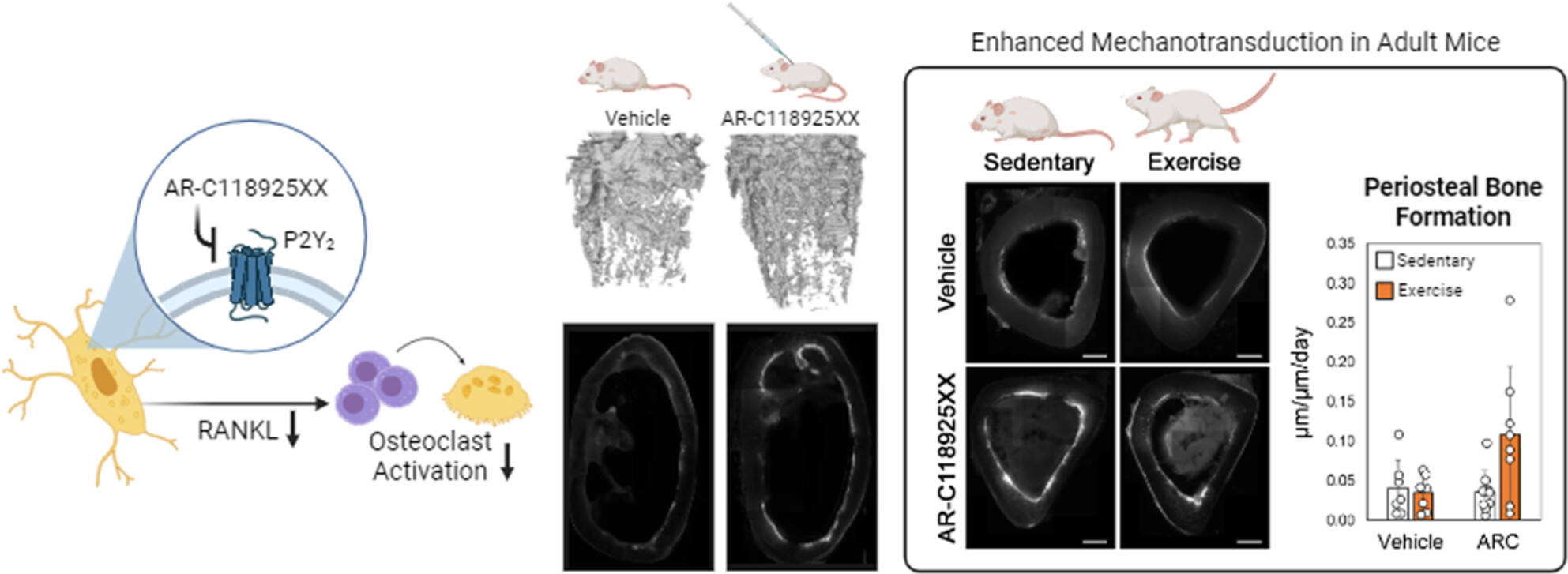
Inhibition of the P2Y2 receptor with AR-C118925XX (ARC) inhibits osteocytes induction of osteoclast differentiation. Treating adult mice with ARC prevents age-related bone loss and increase endocortical bone formation. At the same time, ARC also enhances the anabolic response to exercise in aged mice by increasing the degree of periosteal bone formation.
Drug-Based Lifespan Extension in Mice Strongly Affects Lipids Across Six Organs
- First Published: 24 March 2025
CALB1 and RPL23 Are Essential for Maintaining Oocyte Quality and Function During Aging
- First Published: 02 January 2025
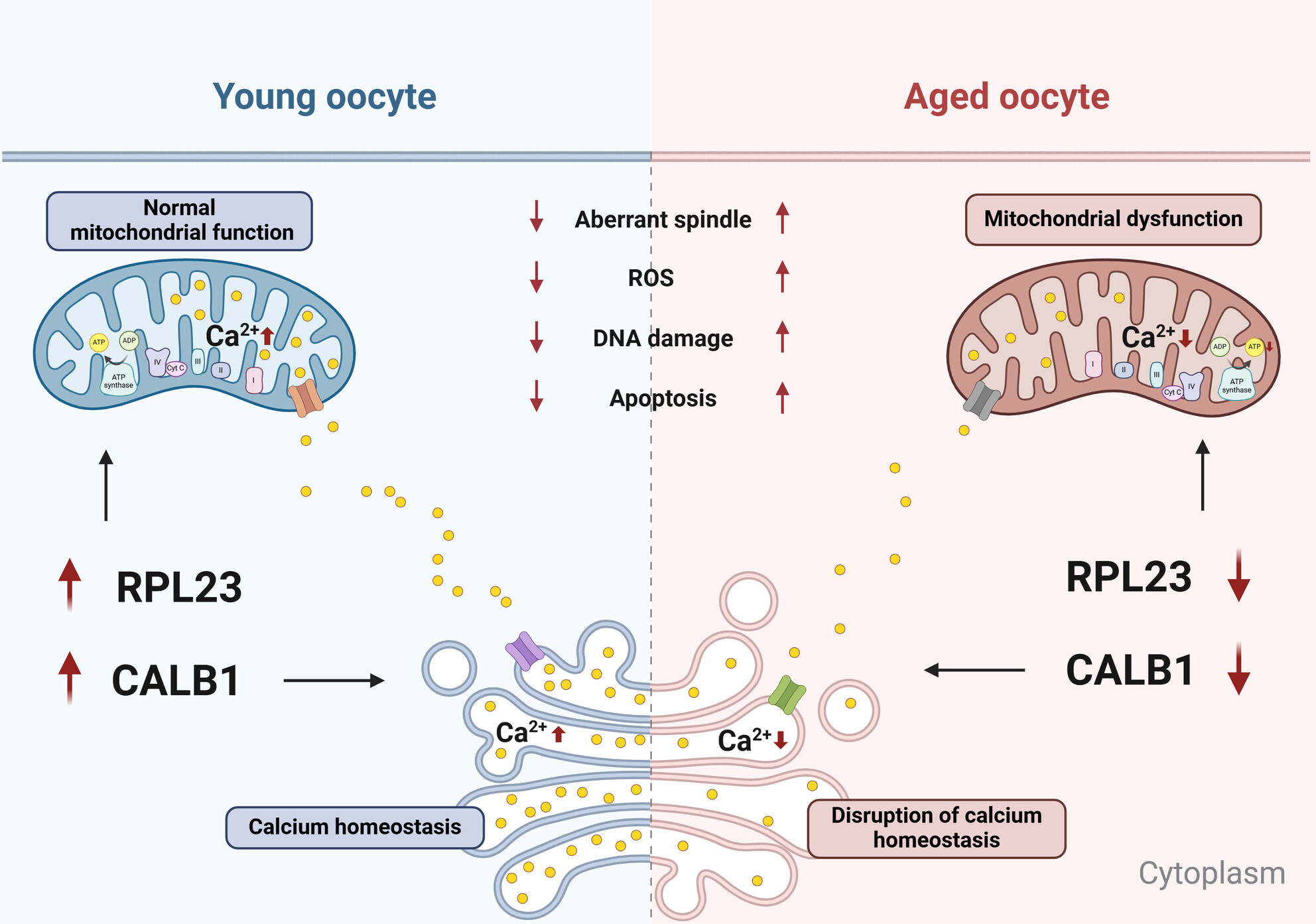
This study investigates the mechanisms of oocyte aging in mice, identifying Calb1 and Rpl23 as key genes involved in calcium ion homeostasis and mitochondrial function. Knockdown of these genes led to mitochondrial dysfunction, meiotic defects, and spindle assembly abnormalities, while their overexpression partially rescued age-related oocyte defects. The findings provide insights into the molecular mechanisms of oocyte aging and offer potential targets for future reproductive health research.
Plasma Proteomic Signature as a Predictor of Age Advancement in People Living With HIV
- First Published: 15 January 2025
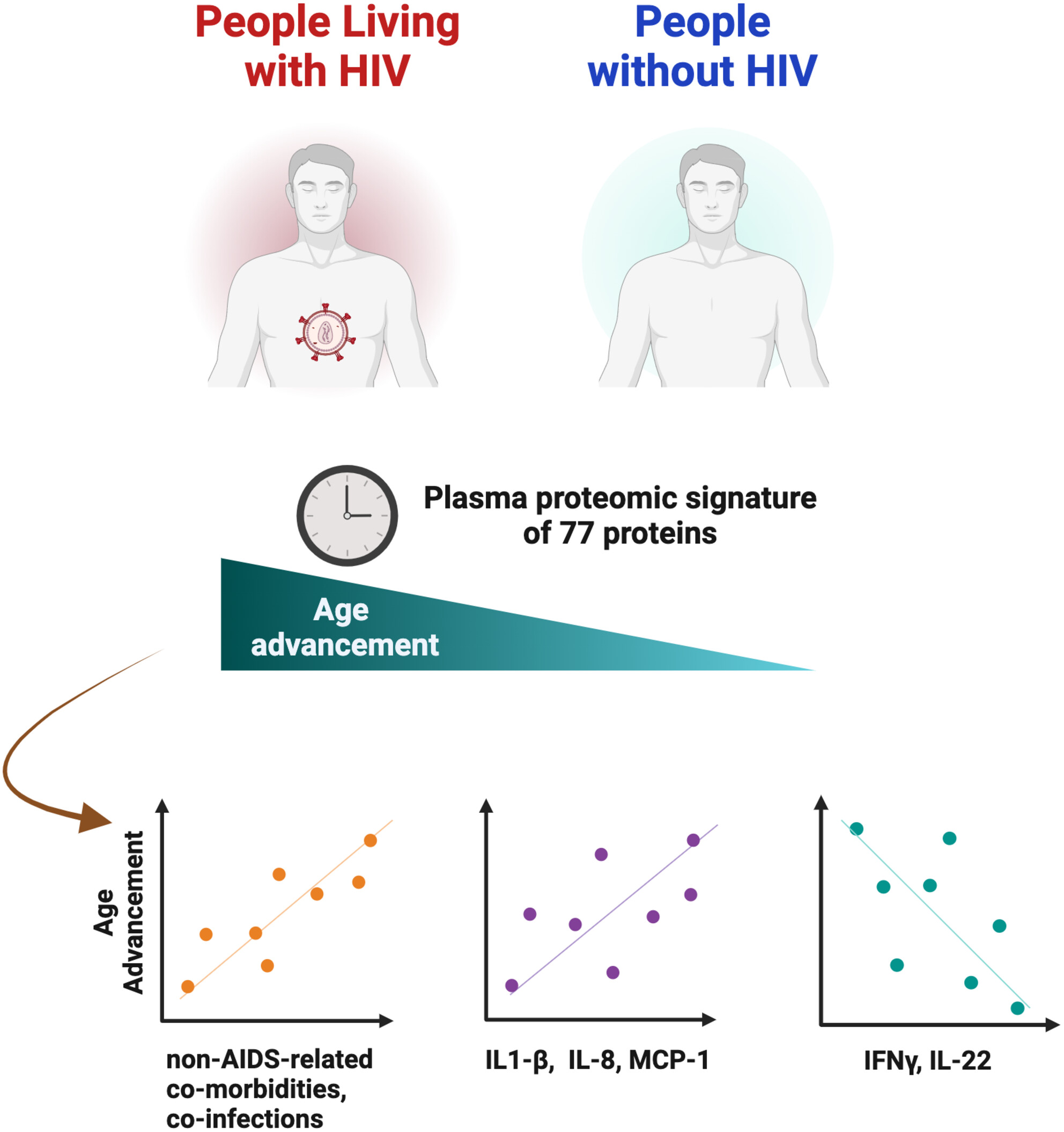
We developed a prediction model of biological age based on 77 plasma proteins that were associated with chronological age in two independent cohorts of PLHIV and one cohort of people without HIV. PLHIV exhibited an increased age advancement that was positively associated with previous co-infections and non-AIDS-related comorbidities, a higher production of proinflammatory cytokines and chemokines, and a lower secretion of cytokines produced by T cells. The association of inflammatory age advancement with aging drivers indicates the applicability of this proteomic clock to further investigate the mechanisms of accelerated aging and explore therapeutic targets with the aim to ameliorate the high burden of non-AIDS-related comorbidities in PLHIV.
Investigating the Role of TRPV4 and GPR35 Interaction in Endothelial Dysfunction in Aging Mice
- First Published: 02 January 2025
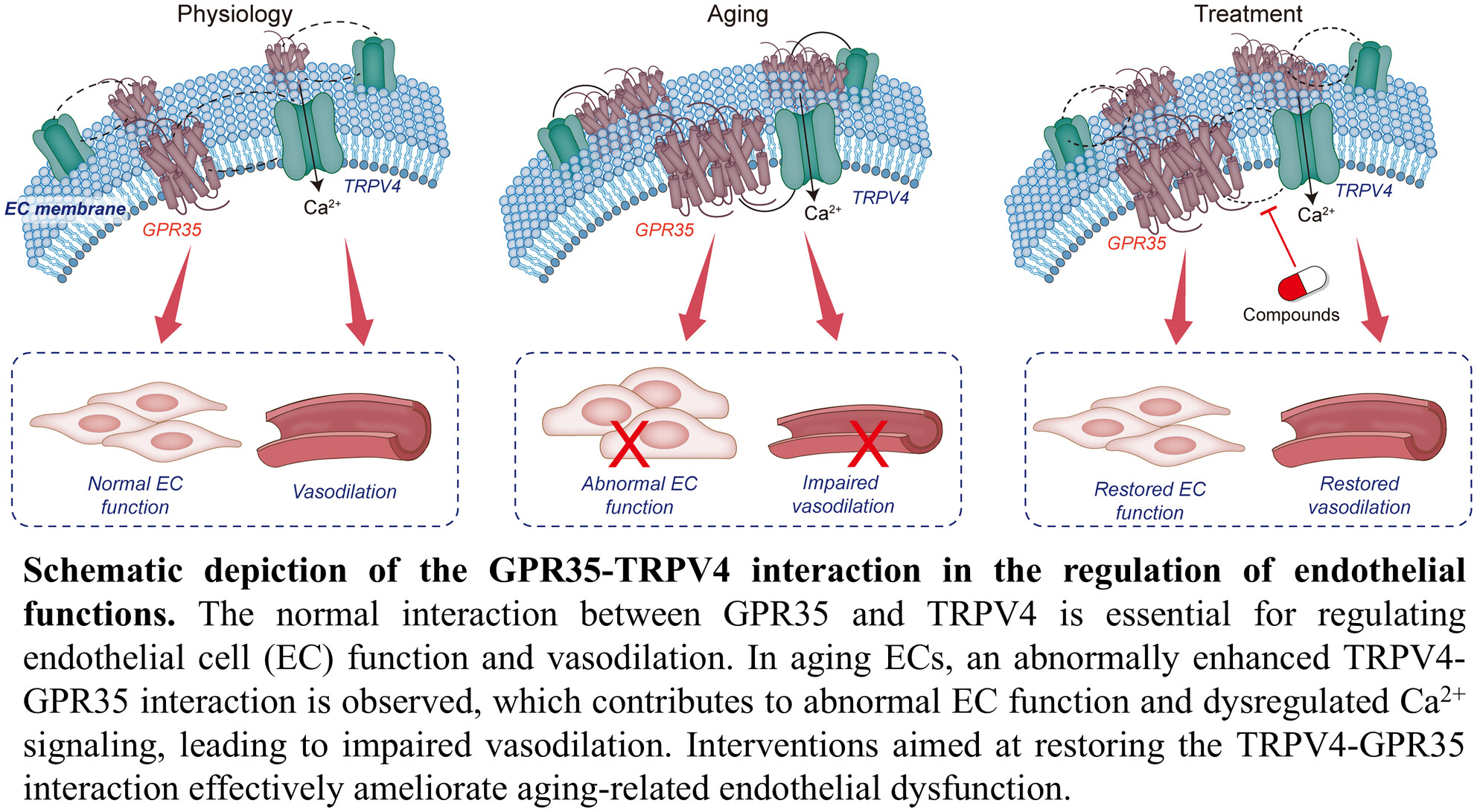
The diminished function of endothelial TRPV4, rather than changes in its expression, plays a significant role in aging-related endothelial dysfunction. The interaction between TRPV4 and GPR35 significantly contributes to this condition. Blocking the TRPV4-GPR35 interaction with Thonningianin A or Carfilzomib represents a promising precision approach for treating aging-related endothelial dysfunction.
Cellular Senescence Contributes to the Dysfunction of Tight Junctions in Submandibular Glands of Aging Mice
- First Published: 09 January 2025
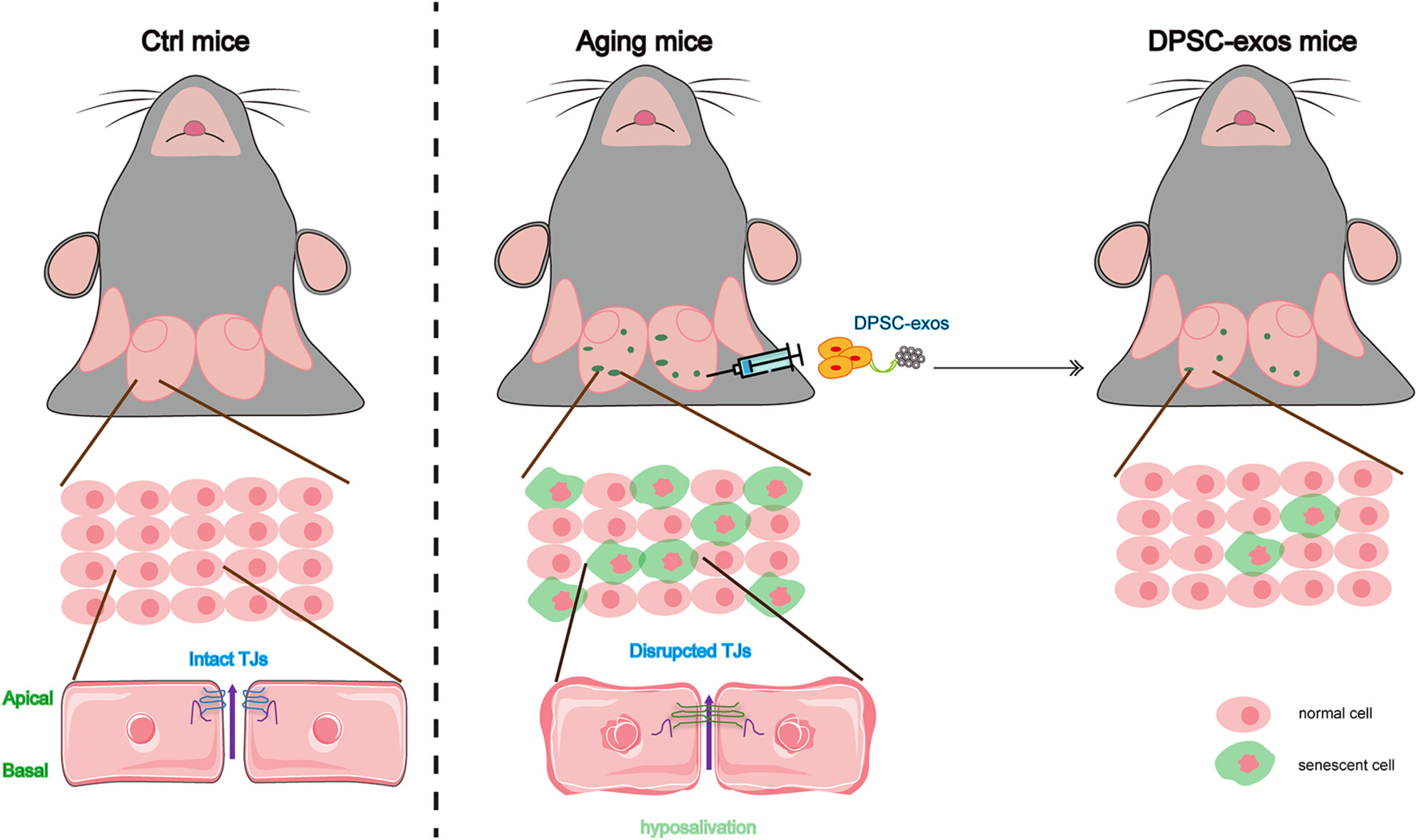
In aging mice, the submandibular gland, among the three major salivary glands (submandibular, parotid, and sublingual glands), shows a significant increase in senescent cells. This increase disrupts tight junction structures and is closely linked to aging-related declines in salivary secretion. Treatment with dental pulp stem cell-derived exosomes significantly reduces senescent cell numbers in the submandibular gland and mitigates aging-induced salivary secretion dysfunction.
DeepQA: A Unified Transcriptome-Based Aging Clock Using Deep Neural Networks
- First Published: 05 January 2025
Elevated p16Ink4a Expression Enhances Tau Phosphorylation in Neurons Differentiated From Human-Induced Pluripotent Stem Cells
- First Published: 05 January 2025
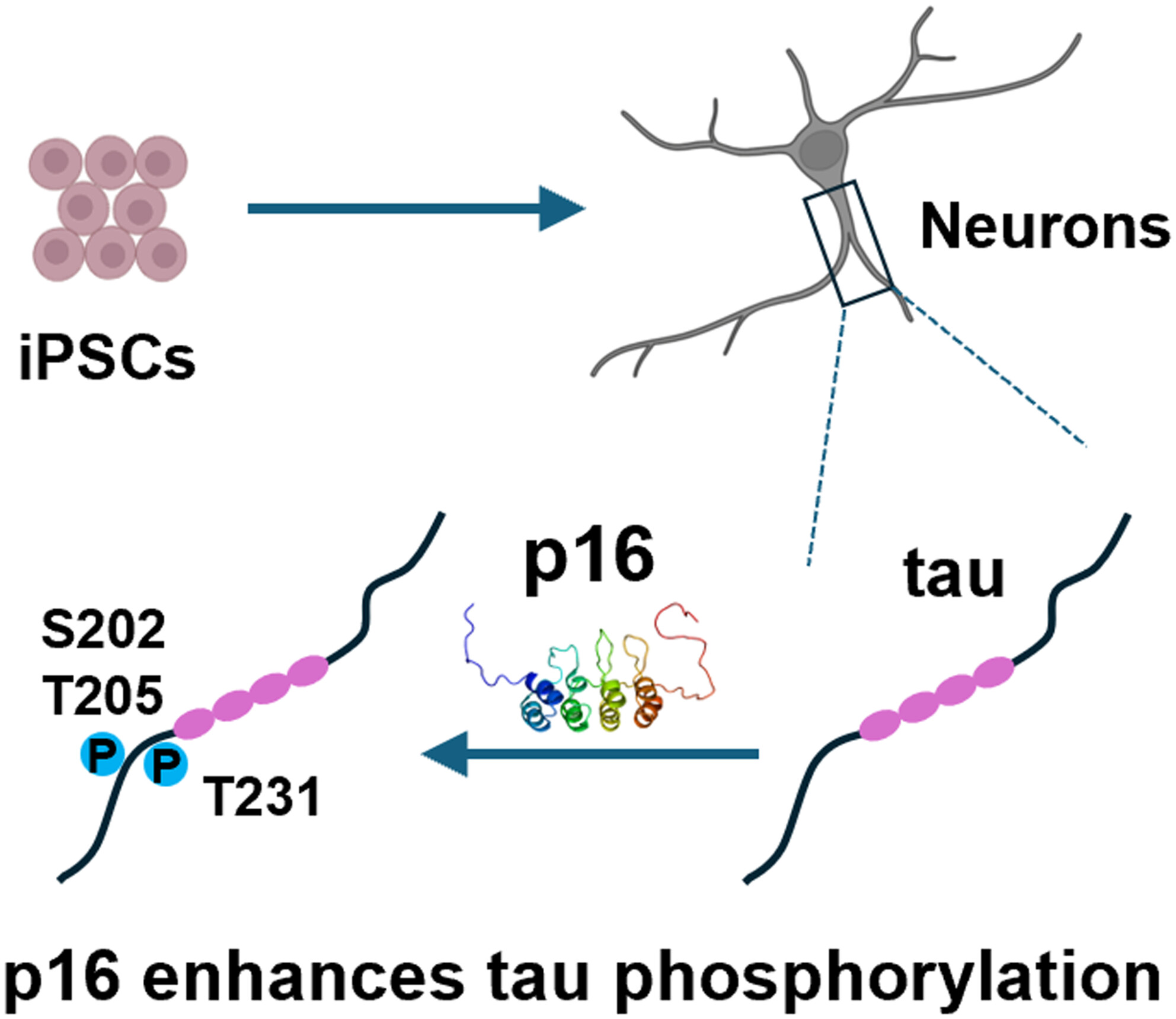
We created an inducible system to control the expression of p16, and found that tau phosphorylation was enhanced upon p16 up-regulation in neurons differentiated from human iPSCs. As p16 expression is increased during aging, our findings suggest a possible role of age-associated p16 up-regulation in Alzheimer's disease. As pathological tau tangles have been shown to induce p16 expression, our studies further suggest a positive feedback loop between p16 and tau to exacerbate tau pathology.
Differential Organ Ageing Is Associated With Age-Related Macular Degeneration
- First Published: 05 January 2025
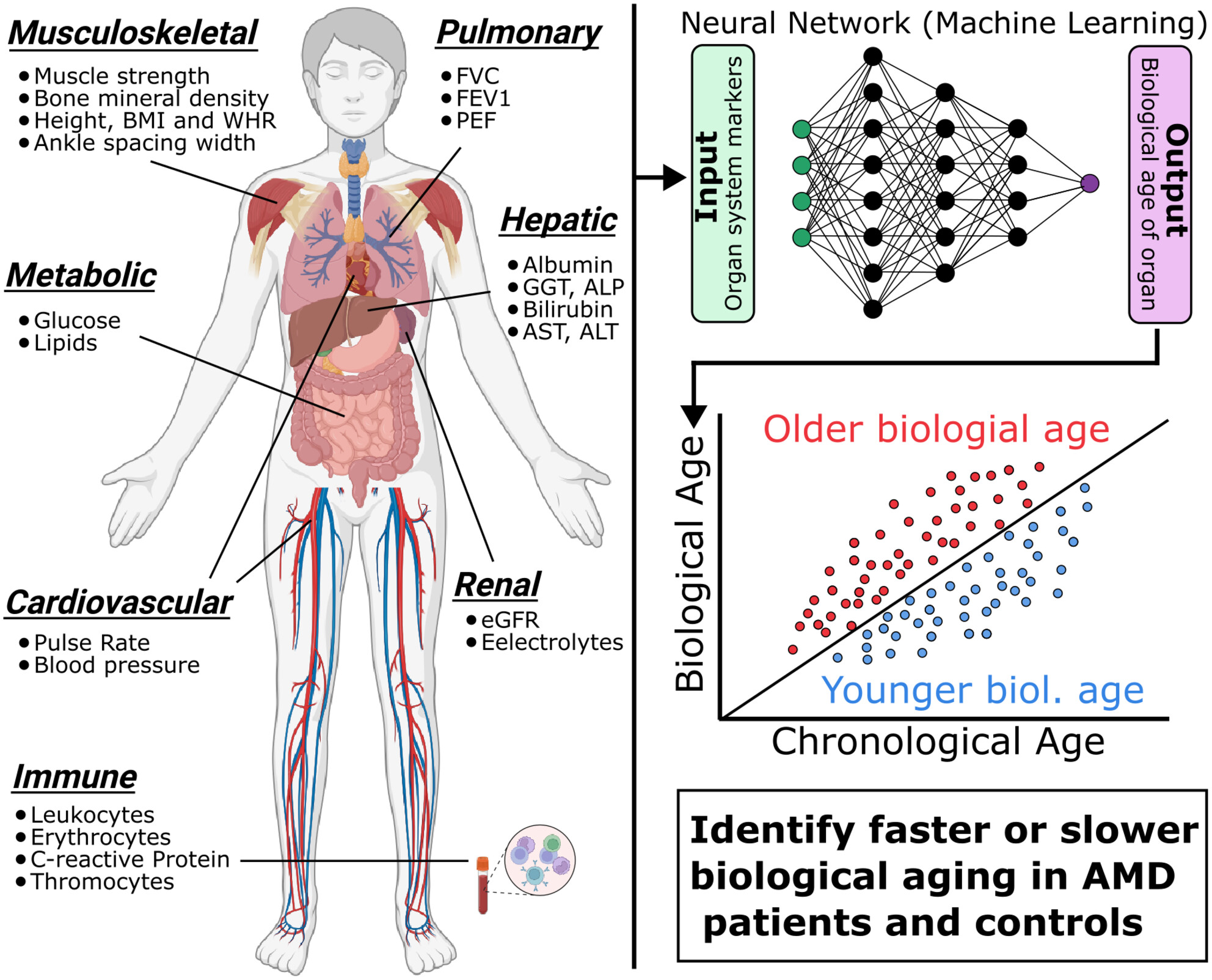
Using the UK Biobank, this study trained neural networks to estimate the biological age of individuals according to markers of organ function. Computing the difference between the estimated organ age and chronological age yielded an estimate for accelerated or slowed ageing. The age difference was then used to assess whether individuals with incident age-related macular degeneration have faster or slower organ ageing compared to controls.
Weakened Airway Epithelial Junctions and Enhanced Neutrophil Elastase Release Contribute to Age-Dependent Bacteremia Risk Following Pneumococcal Pneumonia
- First Published: 08 January 2025
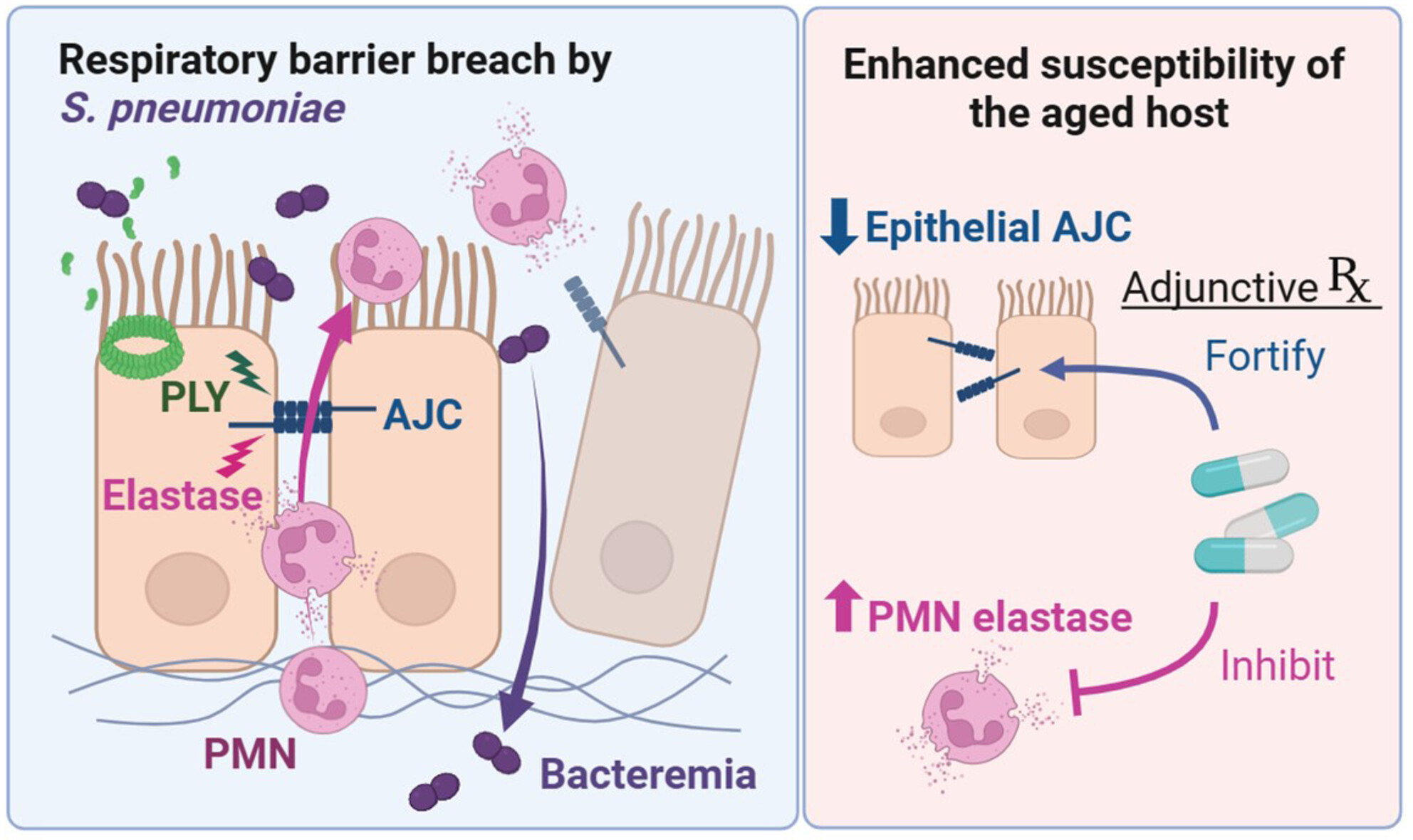
During spread of Streptococcus pneumoniae from the lung to the bloodstream, the pneumococcal pore-forming toxin pneumolysin (PLY) disrupts apical junction complexes (AJCs) and triggers the transmigration of polymorphonuclear leukocytes (PMNs), which secrete tissue-destructive neutrophil elastase. Compared to their young counterparts, aged respiratory epithelial AJCs are less organized and suffer greater disruption upon pneumococcal infection, and aged PMNs secrete more elastase. Fortifying AJCs and inhibiting elastase activity during experimental lung infection reduced the bacteremia risk of aged mice to that of young mice, indicating that adjunctive treatments to reduce post-lung infection bacteremia should address age-related changes of both PMNs and epithelium.
Salidroside Improves Oocyte Competence of Reproductively Old Mice by Enhancing Mitophagy
- First Published: 09 January 2025
Intermittent Fasting Enhances Motor Coordination Through Myelin Preservation in Aged Mice
- First Published: 08 January 2025
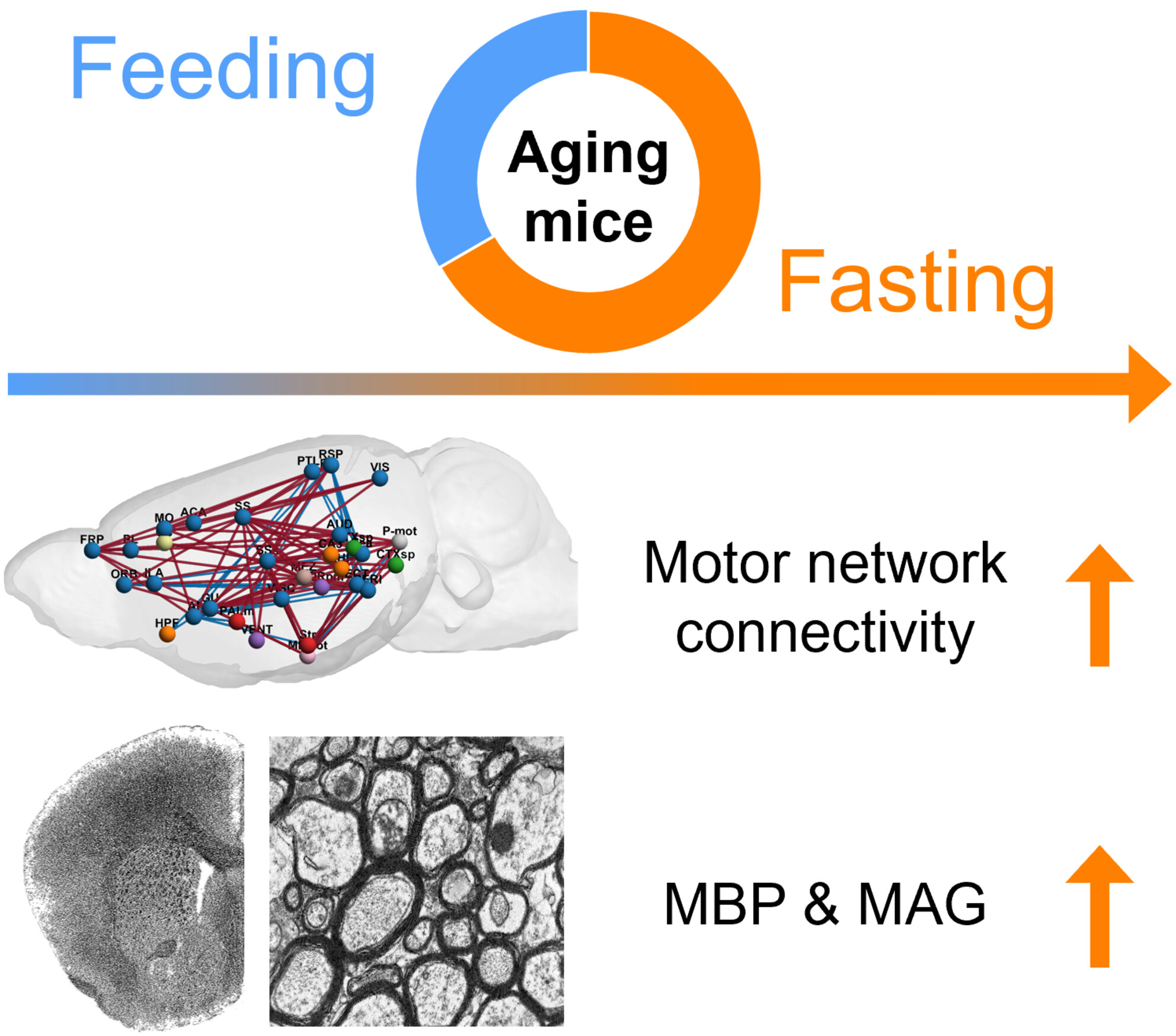
Over a 10-week regimen, IMF significantly improved locomotor activity, motor coordination, and muscle strength compared to controls (p < 0.01). Resting-state fMRI (rsfMRI) demonstrated that IMF modulates brain-wide functional connectivity, enhancing communication between key brain regions. Advanced imaging techniques revealed increased expression of myelin-related proteins, including myelin basic protein (MBP) and myelin-associated glycoprotein (MAG), indicating enhanced myelin integrity and repair, particularly in axons with diameters < 400 nm (p < 0.01).
Age-Trajectories of Higher-Order Diffusion Properties of Major Brain Metabolites in Cerebral and Cerebellar Gray Matter Using In Vivo Diffusion-Weighted MR Spectroscopy at 3T
- First Published: 16 January 2025

This study examines age-related changes in the diffusion properties of metabolites in cerebral and cerebellar gray matter. The cerebellum showed lower diffusivity and higher kurtosis, suggesting higher microstructural complexity. Multivariate regression revealed slight decreases in diffusivity and slight increases in kurtosis with age, but these changes were not significant. Age-trajectories of diffusion properties may serve as benchmark to detect pathological brain microstructural changes.
Optimising Age-Specific Insulin Signalling to Slow Down Reproductive Ageing Increases Fitness in Different Nutritional Environments
- First Published: 24 January 2025
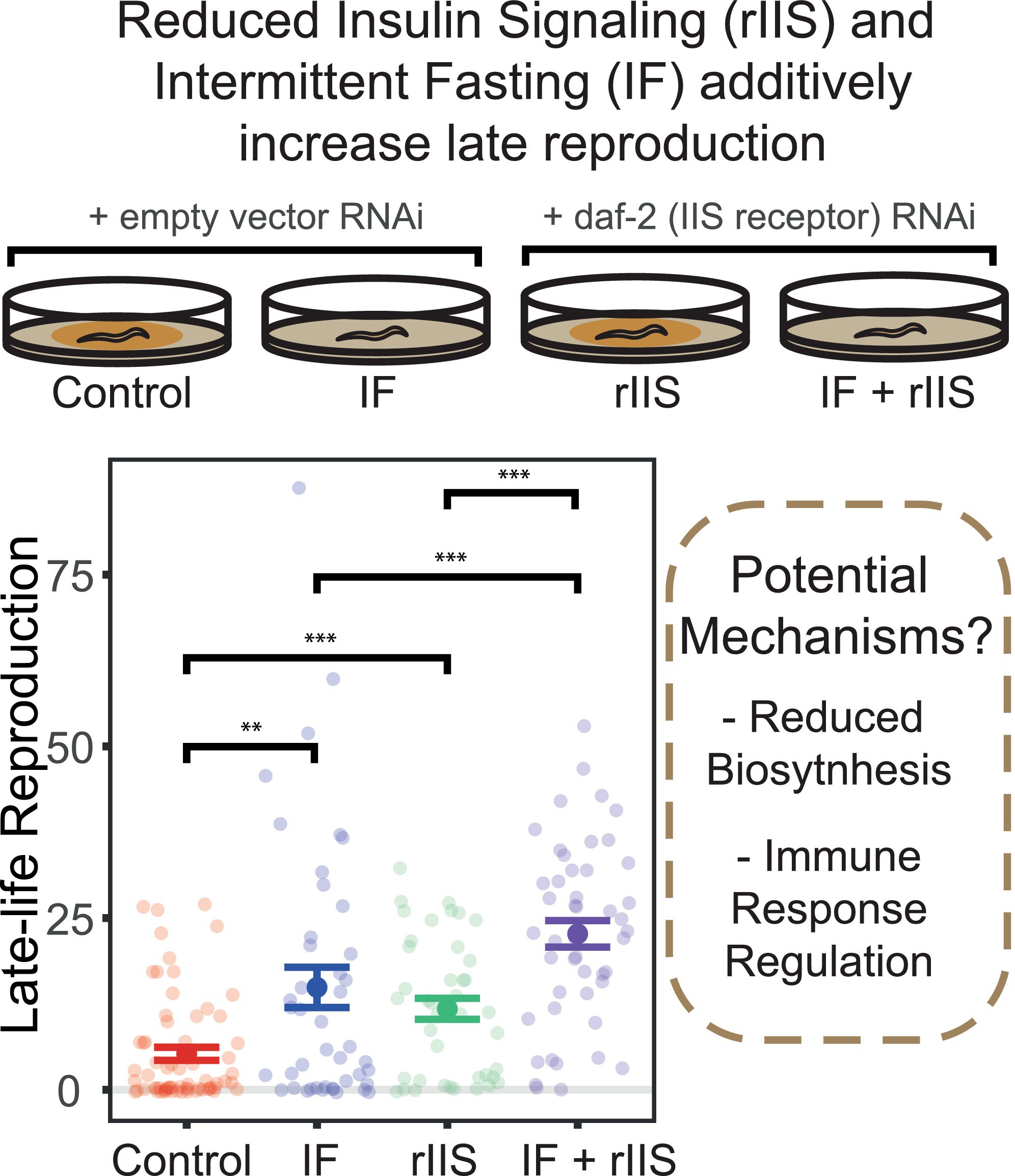
We found that reducing insulin signalling in adult worms slows down their reproductive ageing and extends their lifespan without negative side effects. Moreover, combining it with IF further enhances these benefits. These interventions likely work by regulating genes linked to biosynthesis and immunity, showing how optimising gene expression can delay ageing and improve fitness.
Longevity Humans Have Youthful Erythrocyte Function and Metabolic Signatures
- First Published: 09 February 2025
Assessing Metabolic Ageing via DNA Methylation Surrogate Markers: A Multicohort Study in Britain, Ireland and the USA
- First Published: 20 January 2025
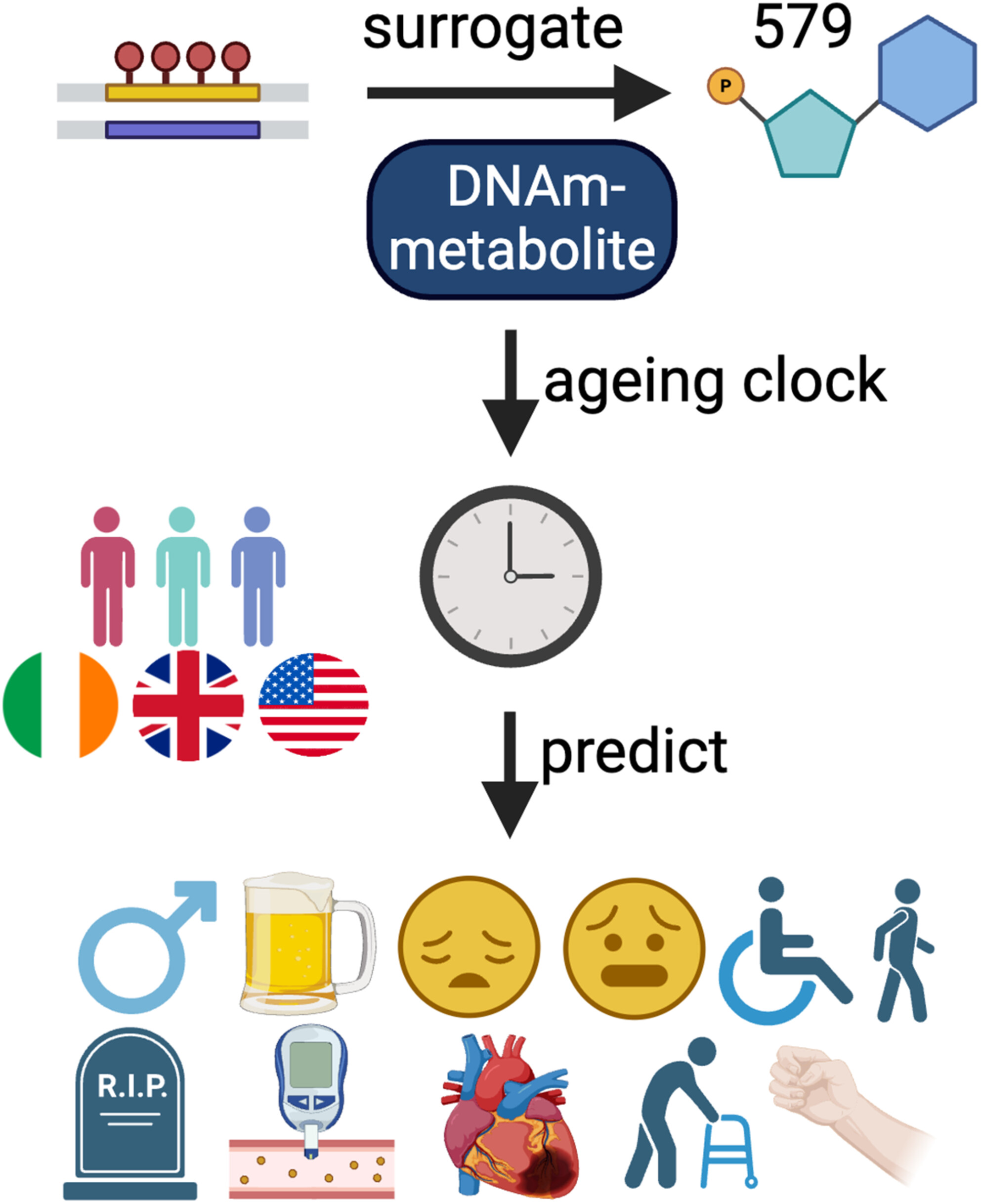
DNA methylation was used to develop surrogate markers for over 500 metabolites, which were subsequently combined to develop a novel hybrid clock to assess metabolic ageing. The clock gave strong predictions of age in three cohorts (British, Irish and American) and the derived age accelerations were associated with multiple ageing risk factors and health outcomes.
From Clinical to Benchside: Lacticaseibacillus and Faecalibacterium Are Positively Associated With Muscle Health and Alleviate Age-Related Muscle Disorder
- First Published: 19 January 2025

Old people with or without sarcopenia exhibited different gut microbiota and metabolite compositions. Mice receiving microbes from people with sarcopenia displayed lower muscle mass and strength compared with those receiving microbes from non-sarcopenic donors. Lacticaseibacillus rhamnosus and Faecalibacterium prausnitzii were positively associated with muscle health in old people, and enhanced muscle mass and function of aged mice primarily by regulating mitochondria function and colon health.
Low-Intensity Pulsed Ultrasound Treatment Selectively Stimulates Senescent Cells to Promote SASP Factors for Immune Cell Recruitment
- First Published: 16 January 2025
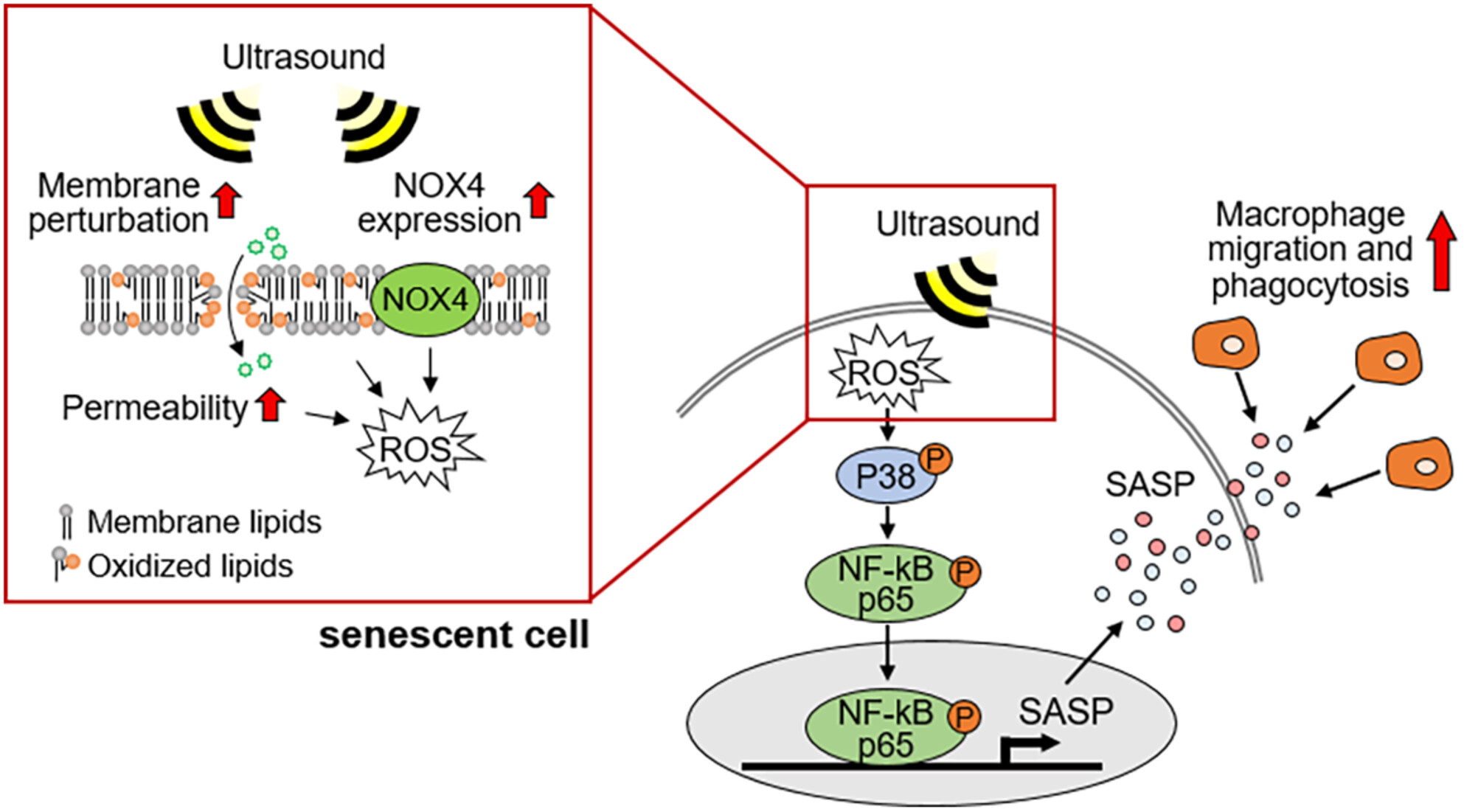
The regulatory effects of low-intensity pulsed ultrasound (LIPUS) stimulation in senescent cells are presented. LIPUS perturbs the membrane in senescent cells and induces intracellular reactive oxygen species via NOX4 expression. Consequently, secretion of senescence-associated secretory phenotype, followed by migration of monocytes/macrophages and phagocytosis of senescent cells can be enhanced.
V-ATPase Disassembly at the Yeast Lysosome-Like Vacuole Is a Phenotypic Driver of Lysosome Dysfunction in Replicative Aging
- First Published: 16 January 2025

H+-translocating V-ATPases are regulated by reversible disassembly in many cell types. In young yeast cells, V-ATPases are assembled and the lysosome-like vacuole is acidified, but as cells age, V-ATPases disassemble, vacuolar pH increases, and lifespan is shortened. Both mutation of the V-ATPase disassembly factor Oxr1 and caloric restriction preserve V-ATPase assembly and extend lifespan, suggesting that V-ATPase activity and vacuolar acidification help determine lifespan and are under nutritional control.
Characterization of Human Senescent Cell Biomarkers for Clinical Trials
- First Published: 17 January 2025
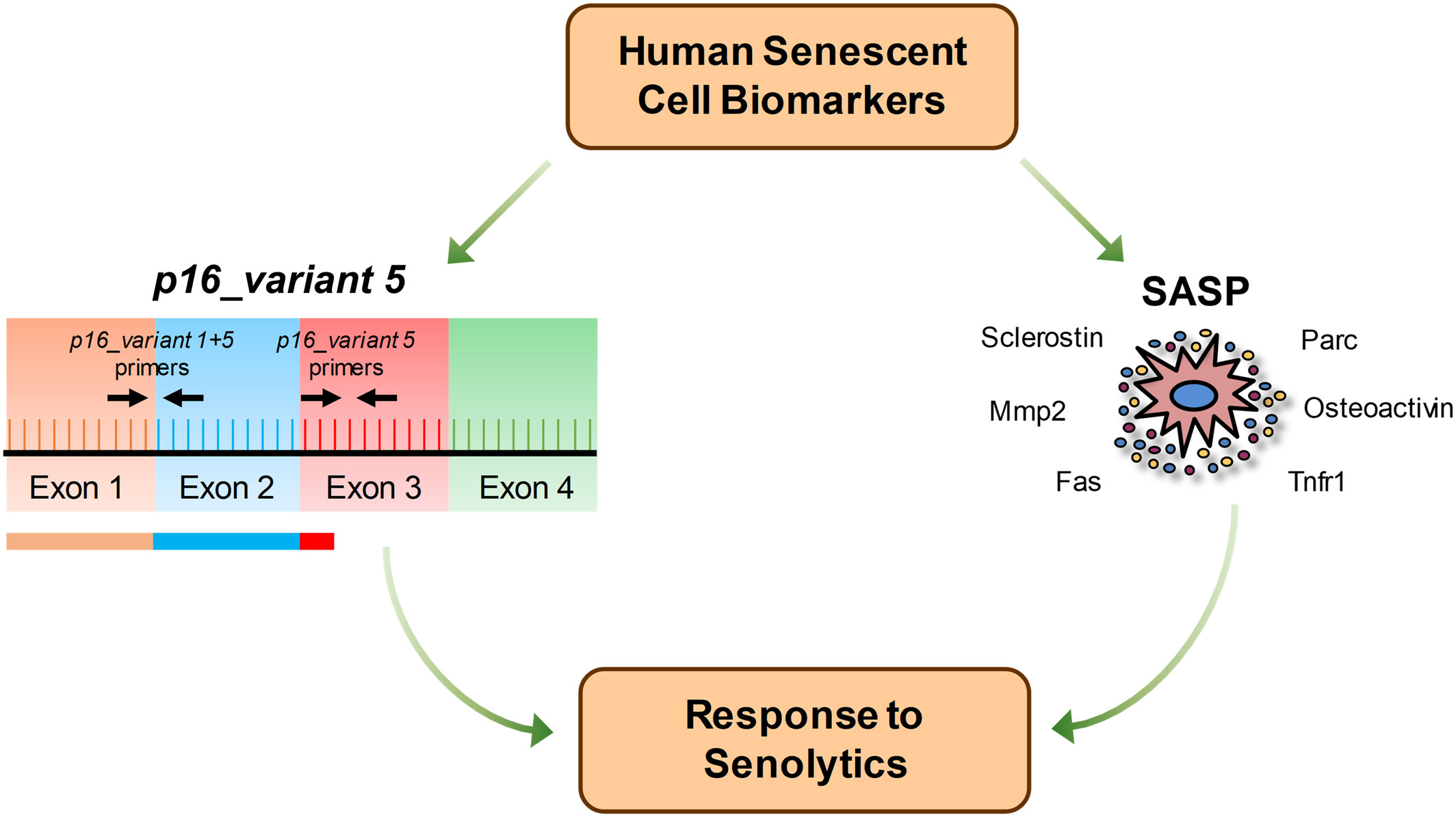
Assessment of T-cell p16_variant 5 expression may be useful for selecting participants in clinical trials of senolytics. We further characterize p16_variant 5 expression in the context of senescence and demonstrate that correlated plasma senescence-associated secretory phenotype factors could be used in lieu of the technically challenging T-cell p16_variant 5 assay.
KIF9 Ameliorates Neuropathology and Cognitive Dysfunction by Promoting Macroautophagy in a Mouse Model of Alzheimer's Disease
- First Published: 19 January 2025
Disease Aggravation With Age in an Experimental Model of Multiple Sclerosis: Role of Immunosenescence
- First Published: 02 February 2025

Age-related differences in EAE outcomes stem from combined peripheral and CNS factors. Key peripheral adaptive immunity changes include altered naïve/memory T cell ratios, Th1 skewing, increased suppressive Tregs, CD4+ T cell exhaustion, enhanced B cell antigen presentation, and reduced NK cell cytotoxicity. Aged EAE mice also exhibit heightened CNS inflammation and neurodegeneration, worsening disease severity. Peripheral transcriptomic profiling highlights potential therapeutic targets for MS patients over 50, addressing age-associated immune and neurodegenerative contributions to increased disability.
Astrocytic Hevin/SPARCL-1 Regulates Cognitive Decline in Pathological and Normal Brain Aging
- First Published: 12 February 2025

Hevin/Sparcl-1 is a synaptogenic protein secreted by astrocytes. We used adeno-associated virus (AAV) to increase its expression in hippocampal astrocytes of APP/PSEN1 mice, an animal model for Alzheimer's disease (AD). This procedure improved cognitive performance both in the AD model and in middle-aged wild-type animals. Proteomics profiling indicated that a cluster of synaptic molecules were impacted and importantly, there was no effect in the deposition of Aβ plaques in the brains of AD animals. We propose astrocytic Hevin as a potential therapeutic target for age-associated cognitive decline.
Targeting CRM1 for Progeria Syndrome Therapy
- First Published: 27 January 2025

Pharmacological inhibition of CRM1 mediated by selinexor, the first-in-class selective inhibitor of CRM1, mitigates the senescent phenotype of Hutchinson-Gilford progeria syndrome (HGPS) patients-derived primary fibroblasts. Treatment of HGPS fibroblasts with selinexor promotes the clearances of progerin via autophagy activation, restores the expression of numerous differentially expressed genes, and rescues various aging-linked cellular processes. Oral administration of selinexor to the LmnaG609G/G609G progeric mouse decreased progerin immunostaining in the liver and aorta and improved aortic histopathology.
Physical Exercise Decreases Complement-Mediated Synaptic Loss and Protects Against Cognitive Impairment by Inhibiting Microglial Tmem9-ATP6V0D1 in Alzheimer's Disease
- First Published: 27 January 2025

In a 5xFAD mouse model, we observed that physical exercise reduced the levels of microglial Tmem9, thereby inhibiting complement activation through its interaction with ATP6V0D1. Consequently, this attenuation of complement-dependent synaptic loss led to significant improvements in both emotional and cognitive impairments.
rDNA Copy Number Variation and Methylation During Normal and Premature Aging
- First Published: 24 January 2025
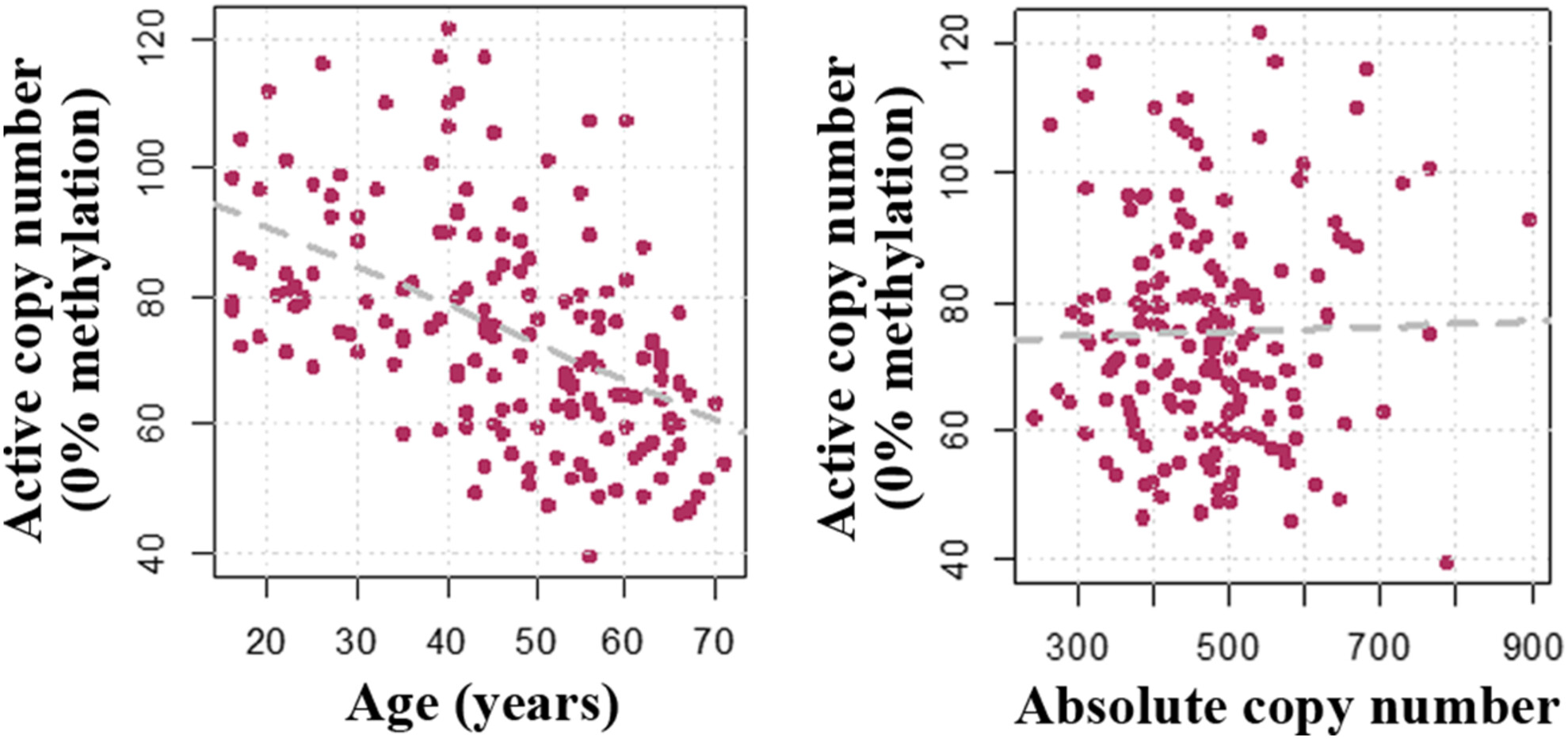
In > 160 healthy individuals the absolute rDNA copy number (CN) in blood ranged from approximately 240 to 900. The number of active copies with a completely unmethylated promoter varied from 40 to 120, independent of absolute CN. Promoter methylation is a compensation mechanism for absolute CN variation. Aging was associated with a loss of unmethylated active rDNA copies. The role of variation in rDNA dosage and ribosome biogenesis in aging and age-related disease remains to be elucidated.
Dietary Zinc Limitation Dictates Lifespan and Reproduction Trade-Offs of Drosophila Mothers
- First Published: 31 January 2025

Dietary metal ions significantly influence the lifespan and reproduction of Drosophila females. In this study, we show that not adding any of the metal ions to the diet adversely affects reproduction and lifespan. By contrast, food with no added Zn negatively impacts reproduction but not maternal lifespan, suggesting that female flies stop producing eggs to conserve their body Zn for somatic maintenance.
Genetic and Pharmacological Inhibition of Metabotropic Glutamate Receptor Signalling Extends Lifespan in Drosophila
- First Published: 12 February 2025
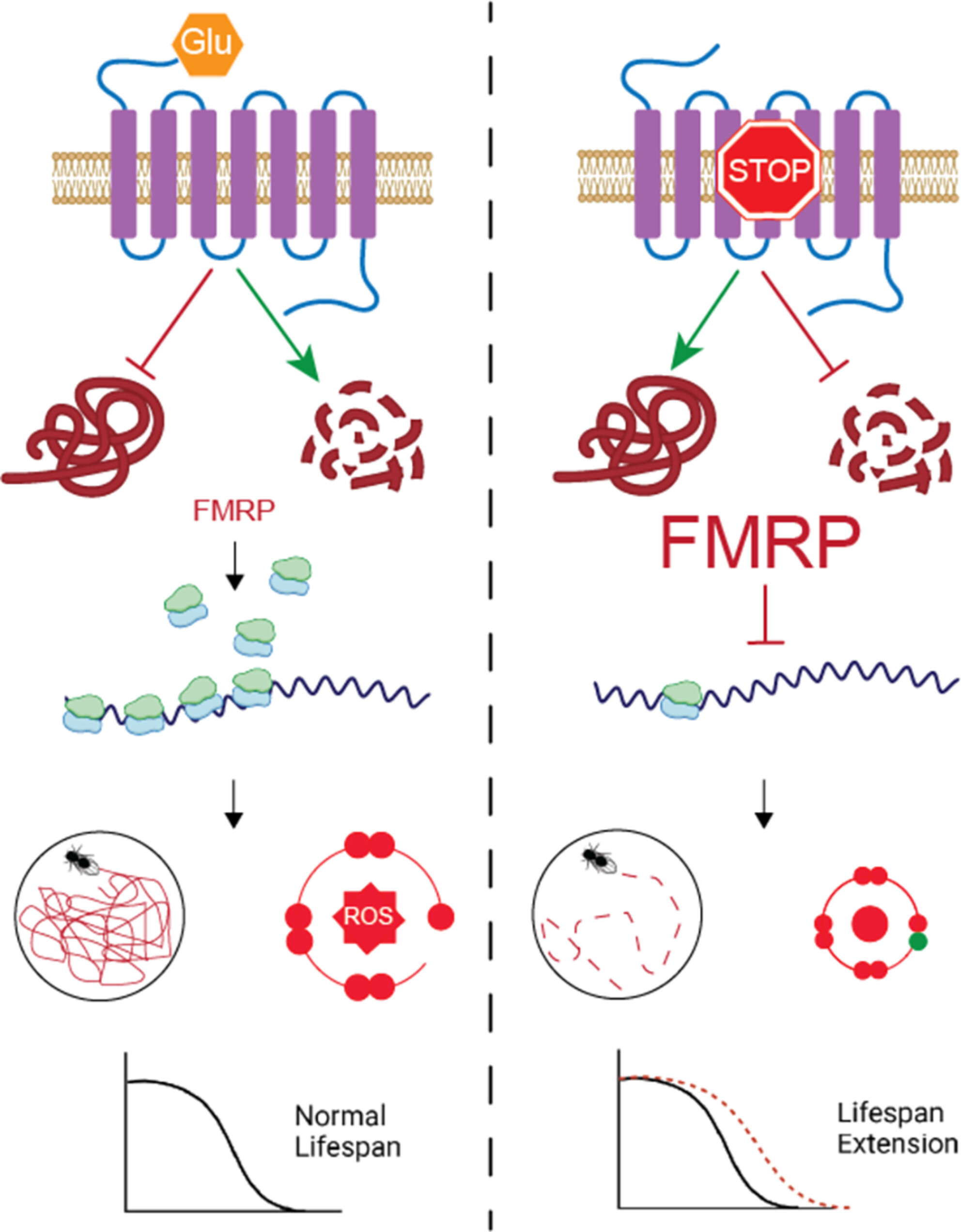
We show that genetic and pharmacological inhibition of the metabotropic glutamate receptor, DmGluRA extends Drosophila lifespan, improves stress tolerance and alters early-life locomotion. Several markers indicative of reduced ribosomal biogenesis, a hallmark of longevity, were also detected in these flies. DmGluRA post-transcriptionally modulates the expression of the Fragile X Mental Retardation Protein (FMRP), a regulator of ribosomal protein translation, with FMRP identified as key for DmGluRA-dependent longevity. Our study therefore highlights metabotropic glutamate receptors as potential targets for age-related therapeutics.
CAV1 Exacerbates Renal Tubular Epithelial Cell Senescence by Suppressing CaMKK2/AMPK-Mediated Autophagy
- First Published: 30 January 2025
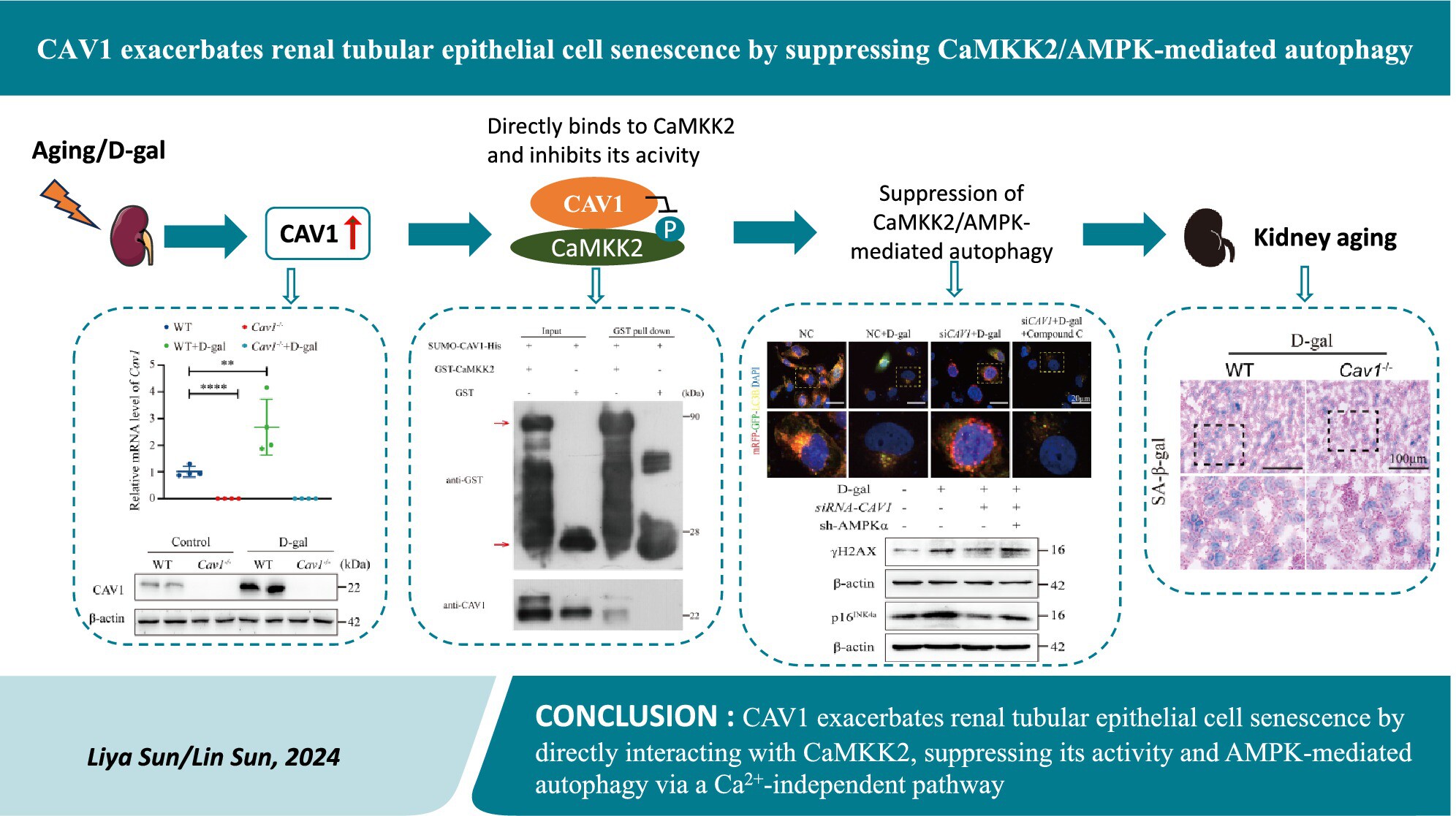
This study revealed that the expression of CAV1 is increased in the renal tissues of D-gal-induced aging mice and human renal proximal tubular epithelial cells (HK-2). Using a GST pull-down assay, it was demonstrated that CAV1 can directly bind to CaMKK2 and inhibit its activity, thereby suppressing the AMPK-mediated autophagy process and exacerbating tubular epithelial cell senescence. This discovery provides new insights into the mechanisms of kidney aging.
Aging-Associated Liver Sinusoidal Endothelial Cells Dysfunction Aggravates the Progression of Metabolic Dysfunction-Associated Steatotic Liver Disease
- First Published: 06 February 2025
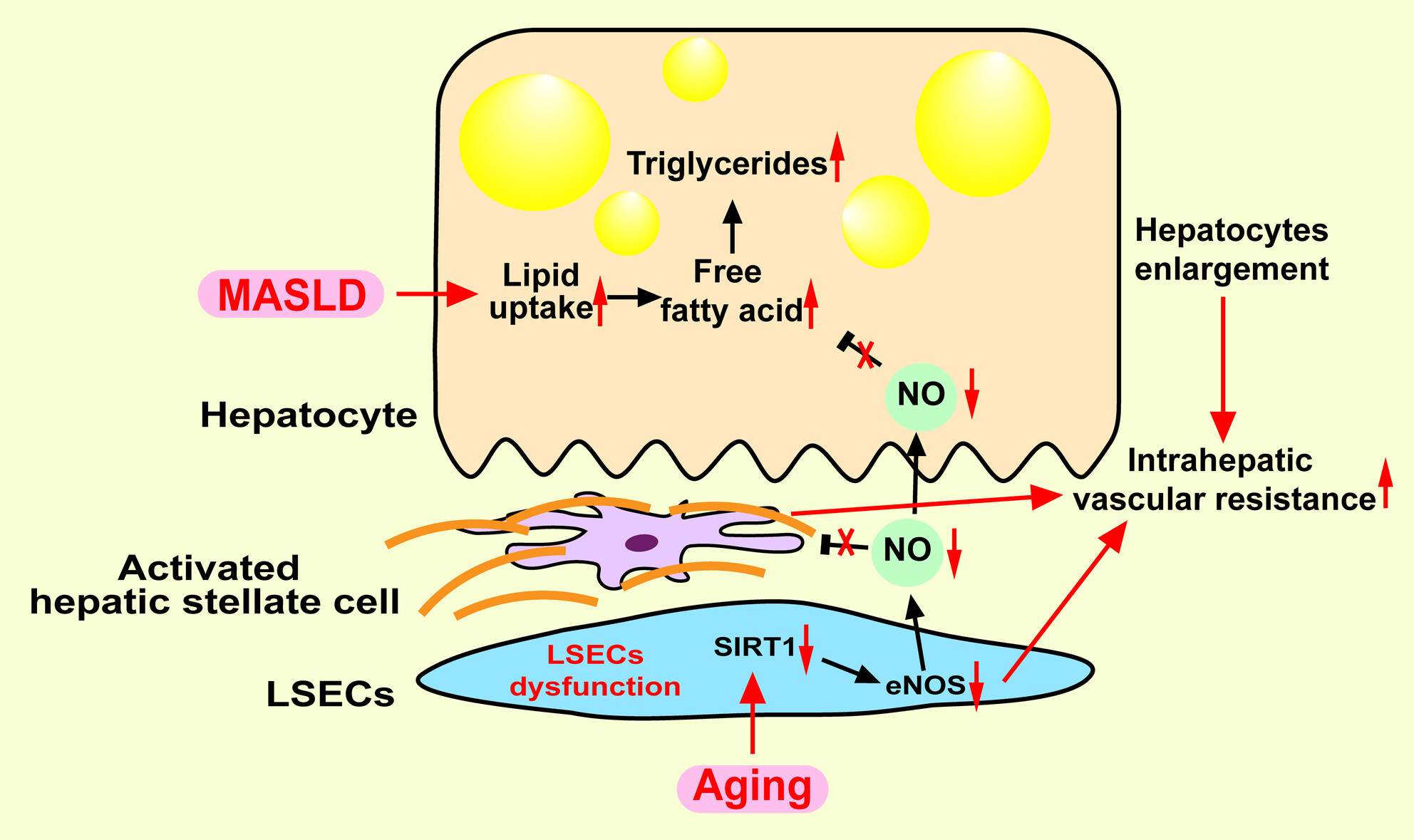
Aged rats and human are more susceptible to MASLD-related liver injury, steatosis, and fibrosis, accompanied by worsening of endothelial dysfunction. The SIRT1/p-eNOS/NO pathway is involved in aggravated MASLD caused by aging-related LSECs dysfunction. Therefore, decreased SIRT1 and LSECs dysfunction appear as attractive therapeutic targets to alleviate MASLD progression.
Unraveling Alveolar Fibroblast and Activated Myofibroblast Heterogeneity and Differentiation Trajectories During Lung Fibrosis Development and Resolution in Young and Old Mice
- First Published: 13 February 2025

Model of LIF-to-aMYF reversible switch during fibrosis formation and resolution in old mice. The main contributors during fibrosis formation to Cthrc1+ aMYF are Acta2+ LIFhigh alveolar fibroblasts. During fibrosis resolution, Cthrc1+ aMYF differentiate back to the LIFhigh (please write "high" in superscript) alveolar fibroblasts cluster.
Oral Citrate Supplementation Mitigates Age-Associated Pathologic Intervertebral Disc Calcification in LG/J Mice
- First Published: 11 February 2025
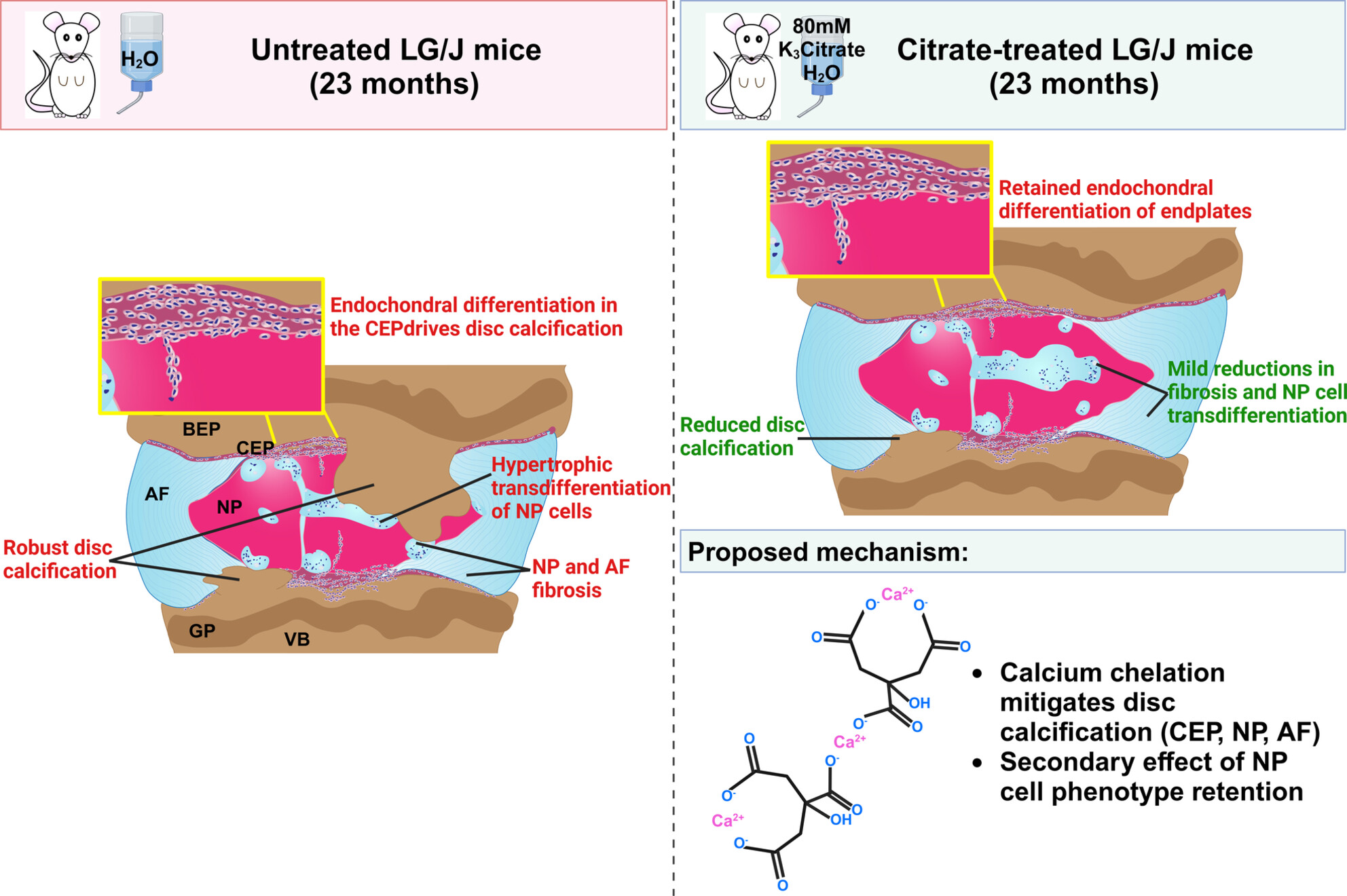
An endochondral differentiation process in the CEPs drives pathologic disc calcification in aging LG/J mice, and NP cell hypertrophic transdifferentiation secondarily contributes. Supplementing drinking water with 80 mM K3Citrate during aging markedly reduced disc calcification, attenuated NP cell transdifferentiation, and mildly improved NP and AF fibrotic outcomes. CEP endochondral processes persisted, suggesting an extracellular process, such as calcium chelation, prevents disc calcification.
Transcriptional Heterogeneity and Differential Response of Rod Photoreceptor Pathway Uncovered by Single-Cell RNA Sequencing of the Aging Mouse Retina
- First Published: 15 February 2025
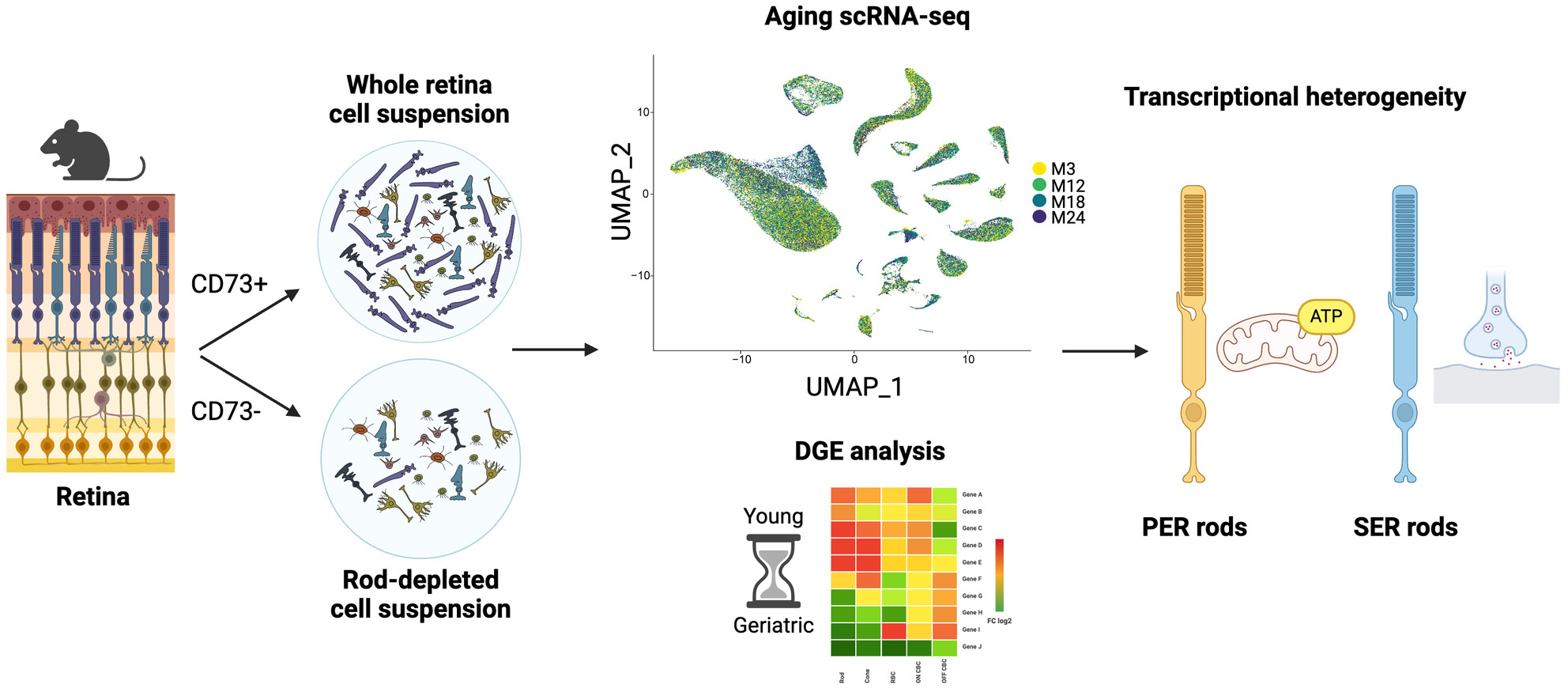
Healthy aging is accompanied by transcriptional dysregulation in retinal cells, leading to alterations in key molecular pathways and cellular responses, with the scotopic pathway being particularly affected. We show that rod photoreceptors, essential for initiating scotopic (low-light) vision, exhibit selective vulnerability to aging-associated neurodegeneration and comprise two transcriptionally distinct subpopulations: (1) phototransduction-efficient rods (PER), defined by enhanced light detection functions and mitochondrial ATP synthesis and (2) synaptic transmission-efficient rods (SER), enriched in neurotransmission processes.
Serum Proteomic and Metabolomic Signatures of High Versus Low Physical Function in Octogenarians
- First Published: 10 March 2025
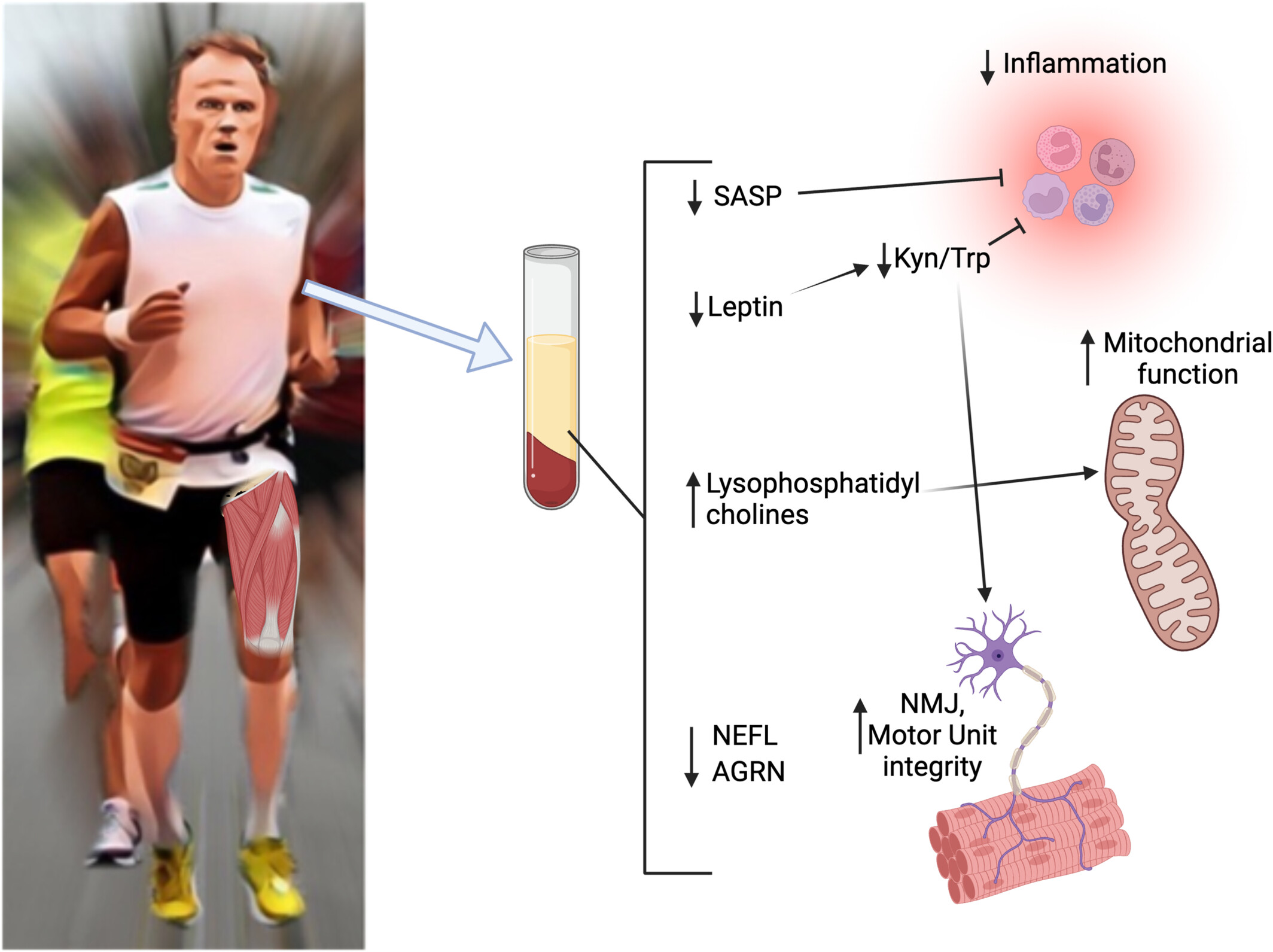
Circulating factors are strongly implicated in modulating biological aging. In this study we show that the serum proteomic and metabolomic profile of high functioning octogenarians suggests lower activation of SASP, preservation of the tryptophan-kynurenic pathway, higher lipophosphatidyl cholines promoting mitochondrial function, and reduced neurodegeneration and denervation. Figure created in Biorender. Hepple, R. (2025).
Enhanced Microglial Engulfment of Dopaminergic Synapses Induces Parkinson's Disease-Related Executive Dysfunction in an Acute LPC Infusion Targeting the mPFC
- First Published: 15 February 2025
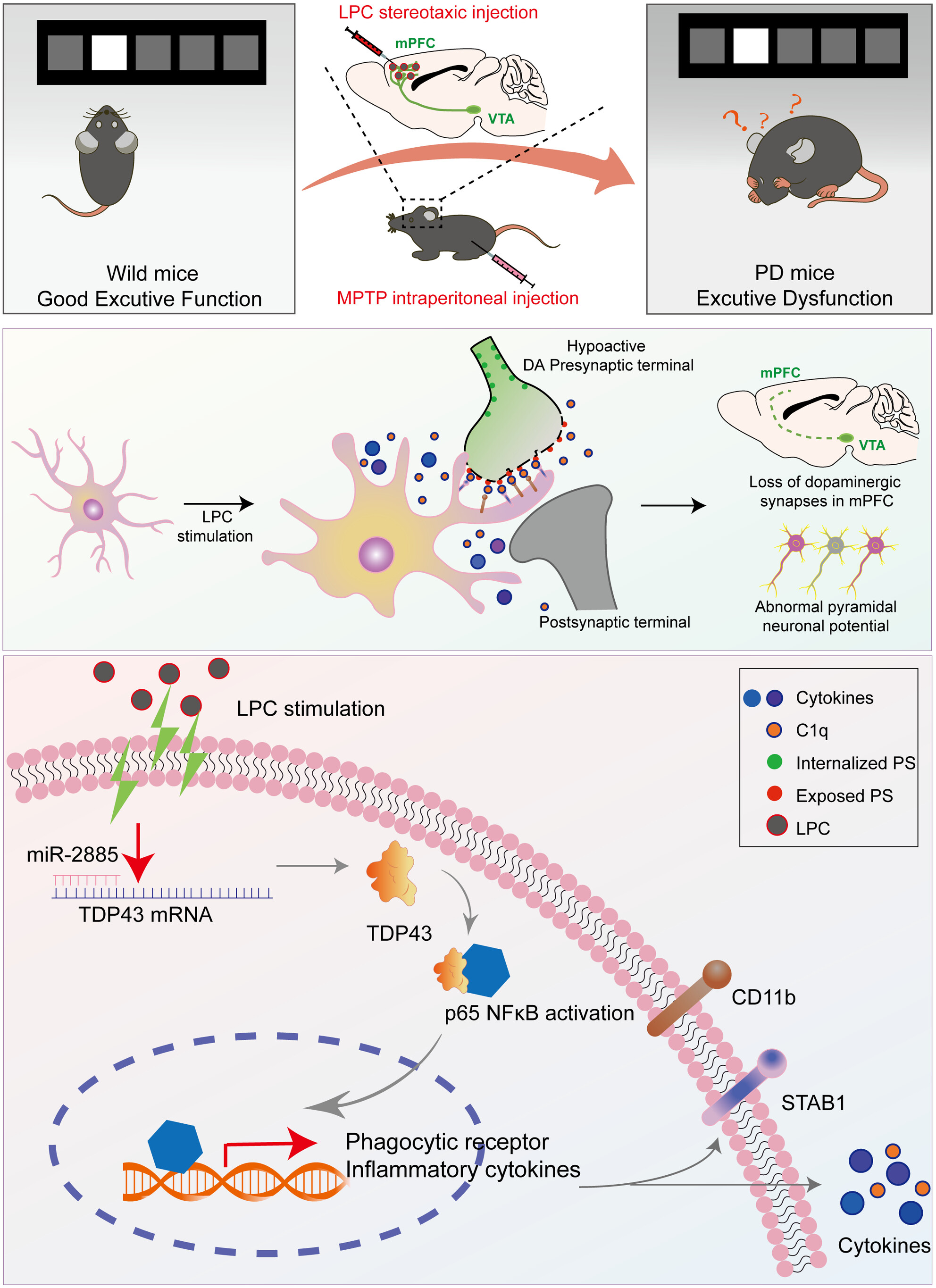
Parkinson's disease with executive dysfunction is a challenge. Our study reveals a novel pathway where abnormally elevated LPC induces miR-2885/TDP-43 signal activation in microglia, leading to dopaminergic terminal phagocytosis, and suggests that supplementing dopamine or inhibiting related microglial activation can mitigate the dysfunction, providing insights for potential therapies.
CORRECTION
Correction to “Blood–brain barrier dysfunction in aging is mediated by brain endothelial senescence”
- First Published: 07 April 2025
Correction to “Form Follows Function: Nuclear Morphology as a Quantifiable Predictor of Cellular Senescence”
- First Published: 16 April 2025




